Uneven skin texture is one skin issue caused by excessive dead skin cells that accumulate on the skin’s surface. This can give the skin a drab appearance and make some regions of the skin feel rough or bumpy to the touch. Chronic sun exposure can also have a significant impact on uneven skin texture and irregular pore size in addition to the development of dead skin cells. The skin will also appear duller as it ages naturally. Other skin diseases like eczema and dry skin can also have a significant impact on skin tone and texture, as can factors like smoking.
Access the source
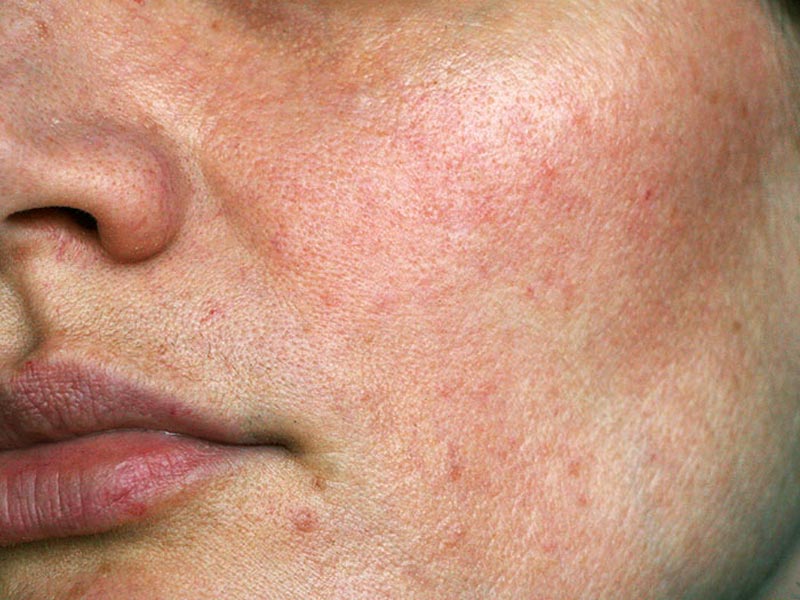
When a problem endures, no treatment will ever be completely effective. If you’re merely addressing the symptoms of a greater problem, treating uneven skin texture can turn into a tiresome (and expensive) cycle. Analyse your present skin issues and look for the root of them. It may be time to seek expert assistance in addressing the acne’s root cause of acne scars and hyperpigmentation are your primary concerns. If eczema flare-ups or dry, itchy skin contribute to texture, the problem may be a microbiome upheaval, sensitising substances in everyday goods, or even an environmental imbalance.
Exfoliating
If a buildup of skin cells is the problem, the solution can be as easy as sloughing the dead cells off. Target the regions that seem uneven when exfoliating twice a week using a special scrub, a sonic cleaning brush, or a chemical exfoliator.
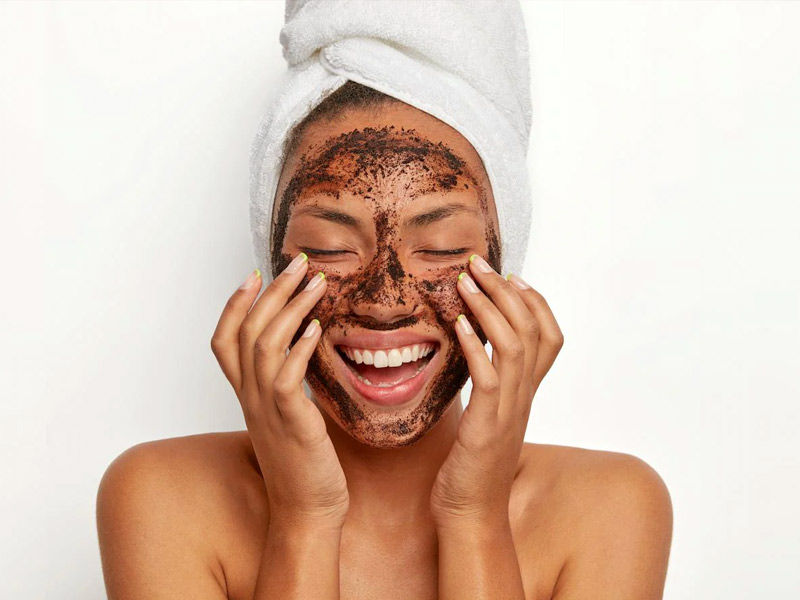
All things considered, it’s important to remember that utilising overly abrasive physical exfoliation products—or using them too frequently, for that matter—can result in excessive oil production and skin damage, which will only make your texture problems worse.
Consider a chemical peel
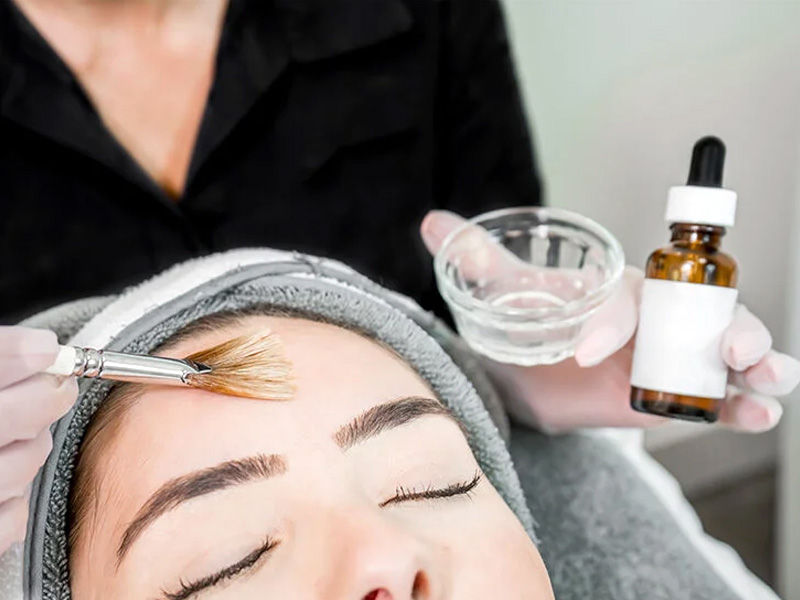
Your body finds it more challenging as you age to eliminate dead skin cells. When dead skin cells remain on your skin, you develop a dull, uneven tone, and, yes, an uneven texture. A chemical peel is one quick and practical approach to removing the top layer of skin. When it comes to a chemical peel, book an in-office treatment and leave it in the hands of a professional to avoid any errors or unintentional chemical burns because there are many different types and strengths depending on the results you desire and your skin type.
Invest in a vitamin C serum.
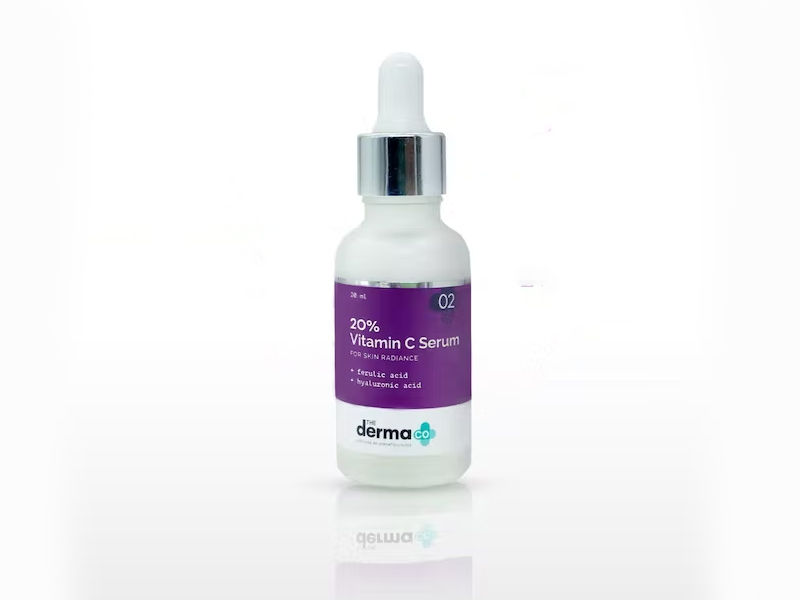
Uneven skin texture can be smoothed by a vital component for levelling out skin tone. A potent antioxidant, vitamin C provides both repair and protection against environmental harm. The restorative ingredients can restore suppleness to the skin while minimising pigmentation, scar tissue, and age spots. This defence is essential if you want to prevent further texture issues.
Wear SPF every day.
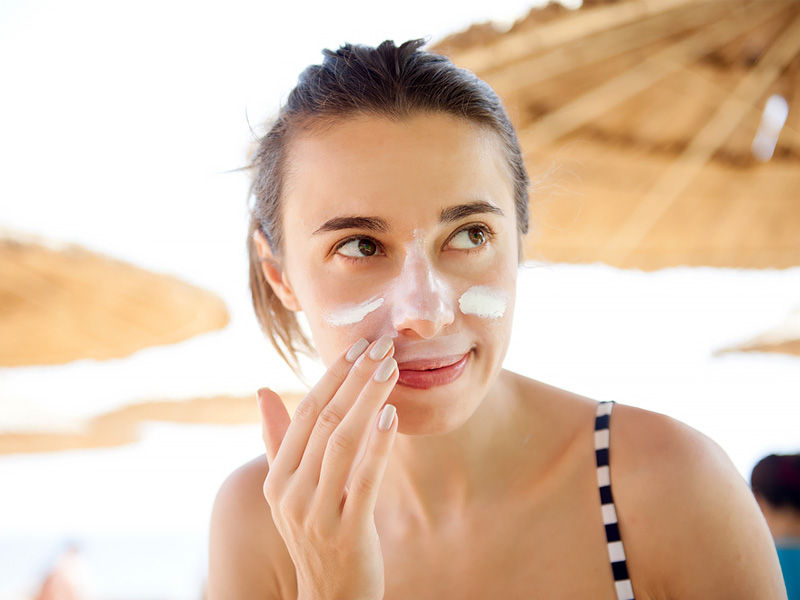
As Frank noted, exposure to the sun can lead to uneven skin texture and pore size; therefore, it is important to take the necessary precautions to protect your skin with a minimum SPF of 30 to stop additional damage.
This just adds to the long number of good reasons to make sun protection your top priority at all times.
Consider Your Current Scars
Maintenance is a factor in addressing uneven skin texture. It’s crucial to lessen the appearance of any scar, whether it’s fresh or already there—especially those annoying ones with a raised, discoloured texture.
Also read: Summer skincare tips for people with skin of color
Here, persistence and patience are essential if you want to get results. You’ll probably see a difference throughout the following few months if you use a product designed for scar repair and strictly adhere to the instructions.
Your skincare regimen should include retinoids.
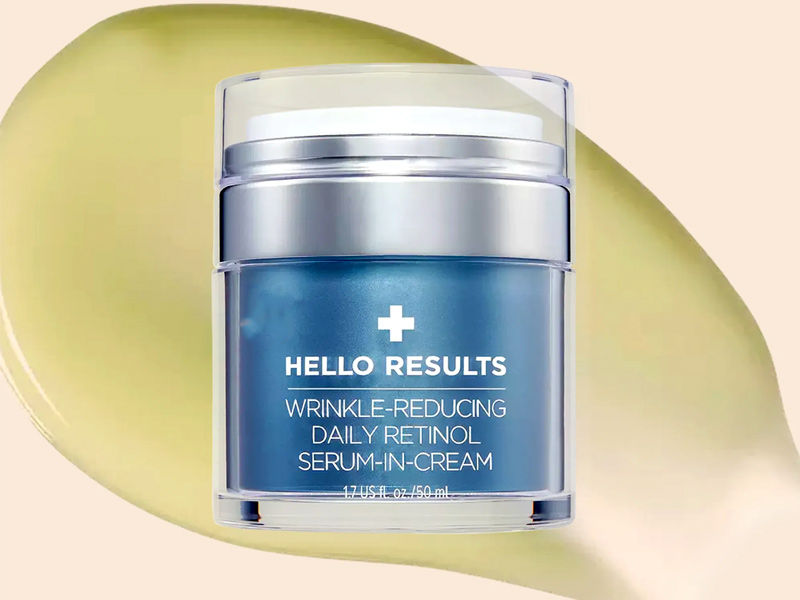
Topical retinoids and retinol may be the most effective way to address uneven skin texture, according to many doctors. Vitamin A derivatives are skincare superstars because they boost collagen production and epidermal turnover, which helps to even out skin tone and texture and reduces residual hyperpigmentation. Most over-the-counter creams contain retinol, which is simple to find, but more potent retinoids need a prescription.
Receive a micro needling procedure
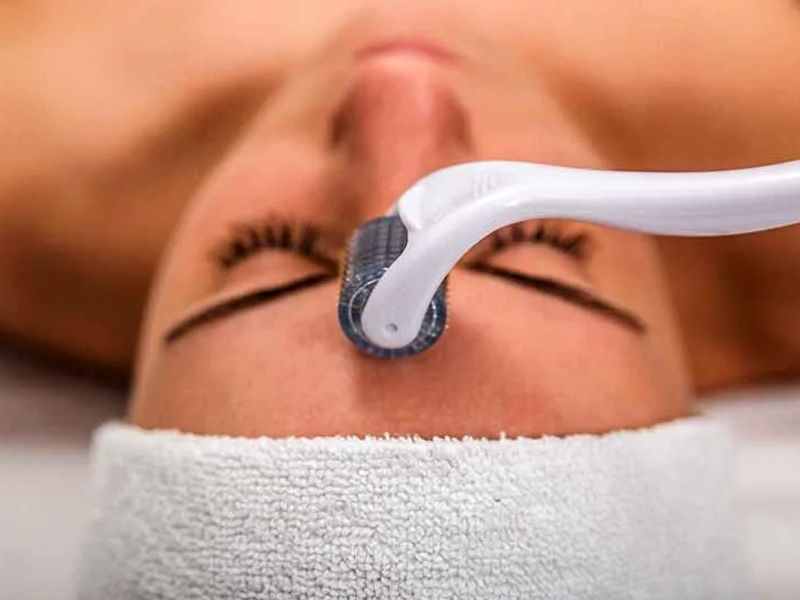
Because of its speedy and apparent effects on scars and generally uneven texture, micro needling is a favourite among beauty editors. As implied by the name, the procedure entails making minuscule punctures in the skin with tiny needles. Your skin begins to produce more collagen due to these micro-injuries, which gives your face a smoother appearance overall by decreasing the visibility of pores, acne scars, and fine wrinkles.
Laser treatment
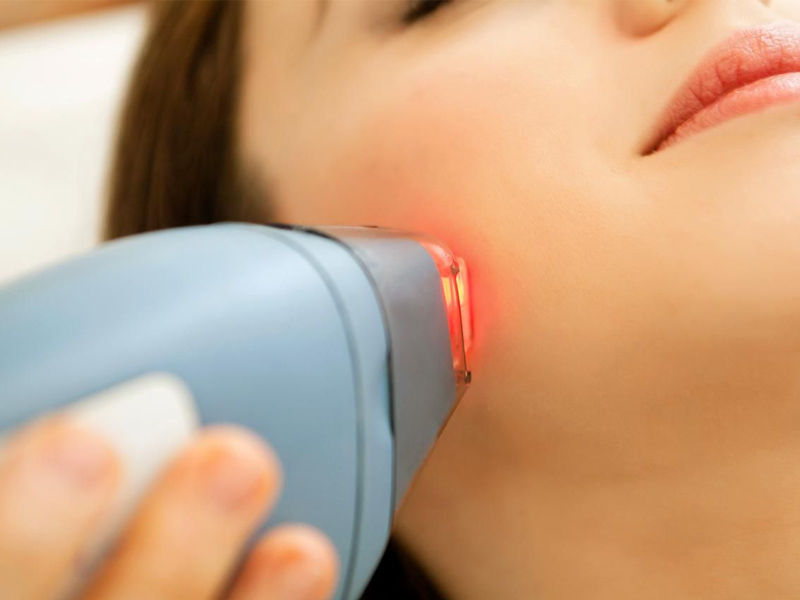
Similar to micro needling, laser treatments work by puncturing the skin in tiny spots to open up wound-healing pathways. The body’s natural healing process, once engaged, can treat not just fresh wounds but also reduce scarring, lighten hyperpigmentation, eliminate sun damage, lessen fine lines and wrinkles, and tighten slack skin.

























